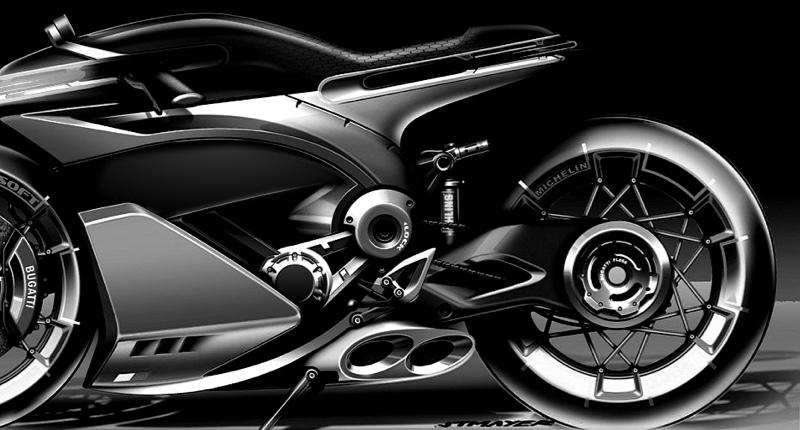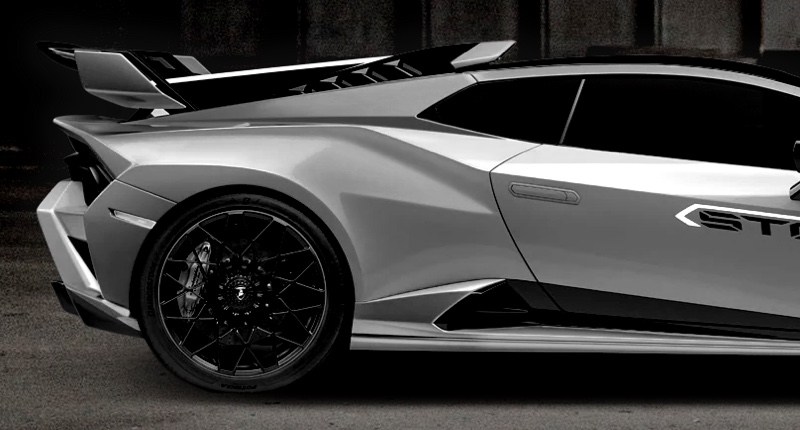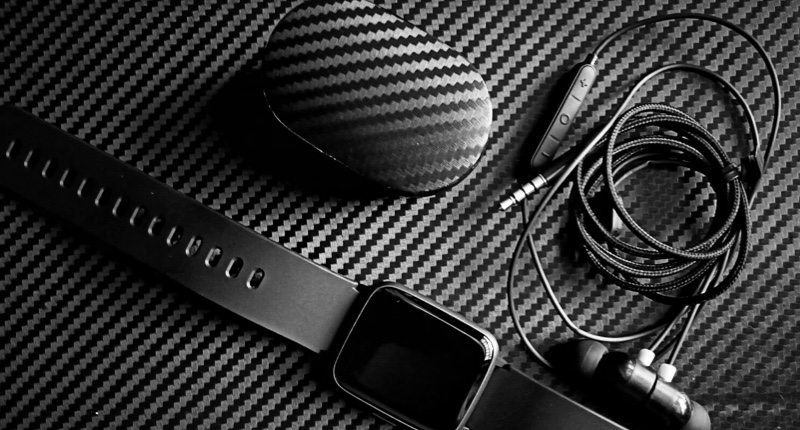How long does carbon fiber last on a car? | Supreem Carbon Expert Guide
- How Long Does Carbon Fiber Last on a Car?
- 1. What Factors Affect the Durability of Carbon Fiber Parts on Cars?
- 2. How Should Carbon Fiber Car Parts Be Maintained?
- 3. How Does Environmental Exposure Impact Carbon Fiber Lifespan?
- 4. Can Carbon Fiber Parts Be Repaired Effectively?
- 5. When Should Industry Buyers Replace Carbon Fiber Parts?
How Long Does Carbon Fiber Last on a Car?
Carbon fiber (CF) is renowned for its strength, lightweight properties, and aesthetic appeal in automotive applications. When properly manufactured and maintained, carbon fiber parts can last the lifetime of the vehicle. Industry data shows carbon fiber composites typically have a lifespan of 15-20 years or more in automotive use, depending on environmental exposure, UV radiation, and mechanical stress.
Unlike metals prone to corrosion or fatigue, carbon fiber is resistant to rust and maintains structural integrity under regular driving conditions. However, UV exposure can degrade the resin matrix over time if parts are not properly treated or coated.
1. What Factors Affect the Durability of Carbon Fiber Parts on Cars?
The main factors influencing carbon fiber longevity include UV exposure, impact damage, environmental conditions (humidity, temperature fluctuations), and quality of the resin system used. Automotive-grade carbon fiber parts are usually coated with UV-resistant clear coats to protect against yellowing and surface brittleness, extending life expectancy.
2. How Should Carbon Fiber Car Parts Be Maintained?
Routine maintenance involves gentle washing with mild detergents and avoiding abrasive cleaners. Inspection for chips, cracks, or clear coat degradation is essential. Applying UV protectant sprays can help prevent resin degradation. Repairs should be done by professionals using compatible epoxy resins to maintain part structural integrity.
3. How Does Environmental Exposure Impact Carbon Fiber Lifespan?
Carbon fiber itself is inert, but the polymer resin binding the fibers degrades under prolonged UV radiation and extreme weather. In harsh climates with strong sunlight and temperature extremes, protective coatings wear faster. Storing vehicles in shade or garages significantly improves carbon fiber part lifespan.
4. Can Carbon Fiber Parts Be Repaired Effectively?
Yes, minor surface damage like scratches and chips can be repaired by sanding and applying clear coats. Structural damage requires specialist repair methods involving resin injection and layering new carbon fiber fabrics. Proper repairs can restore up to 90% of original strength if performed correctly.
5. When Should Industry Buyers Replace Carbon Fiber Parts?
Carbon fiber parts should be replaced when they suffer cracks that compromise structural integrity or fail aesthetic inspection due to coating failure. Regular inspections every 1-2 years are recommended for vehicles in heavy-use or extreme environments. Buyers should also assess the resin system type—advanced epoxy resins last longer than cheaper polyester resins.
Industry Insight: According to the latest reports from industry research firms such as Grand View Research, the automotive carbon fiber market is expected to grow at a CAGR of over 10% through 2030, driven by demand for lightweight, fuel-efficient vehicles. This growth encourages adoption of improved resin technologies and protective coatings to enhance durability, offering better value and longer service life for buyers.
In summary, carbon fiber parts on cars generally last 15-20 years with proper care, but lifespan depends heavily on environment, maintenance, and quality. Buyers should prioritize high-quality epoxy resin-based components, ensure UV protection, and implement regular inspections to maximize part longevity.

2025 Ducati Panigale V4/V4S Carbon Fiber Body Kit released by Supreem Carbon.

Xiaomi SU7 Carbon Fiber Aerodynamic Body Kit – Supreem Carbon Testing Feedback

Supreem Carbon Cross-Country Mountain Bike Seat: The Ultimate Lightweight Carbon Fiber Upgrade

Lighter and Stronger: The Benefits of Carbon Fiber Automobile Parts

Supreem carbon Auto part new arrivals

Unveiling Carbon Fiber: 10 Surprising Truths and How It's Shaping Our Future
For Order Delivery
How to choose the mode of transportation?
We use official shipment like Fedex,UPS,DHL and so on. Also customer can arrange delivery by themselves.
For Products
How can I get some sample?
Actually we dont provide the free sample to customer, you can place a sample order if need some parts.
For Customized Service
What custom customer need to prepare?
1. Send Your Design/Idea/3D drawing.
2. Supplier Quotation Confirmation.
3. Firts Sample Feedback.
For Facotry
How many employees of Supreem carbon?
We have over 50 employees, including over 40 skilled workers, 3 R&D designers, and 5 QC professionals and so on.
How many monthly production capacity of the factory?
The average monthly production capacity reach 3000 pieces. With the equipment upgrade, it will be increased over 4000 pieces per month.

Honda CBR1000RR-R Carbon Fiber Tank Side Panels

Honda NSX Carbon Fiber Center Dash Panel Replacement

Ducati Monster 937 Carbon Fiber Rear Fender

Chevrolet Corvette C8 Carbon Fiber Engine Cover Replacement
Let’s Bring Your Carbon Fiber Ideas to Life
Have a question or inquiry about our carbon fiber composite products? Leave us a message here, and our team will get back to you promptly.
Whether you're interested in custom orders, technical specifications, or partnership opportunities, we're here to assist you.
Please fill out the fields above with your name, email address, and message.
© 2024 Supreem Carbon All Rights Reserved.





Facebook
Pinterest
LinkedIn
Instagram